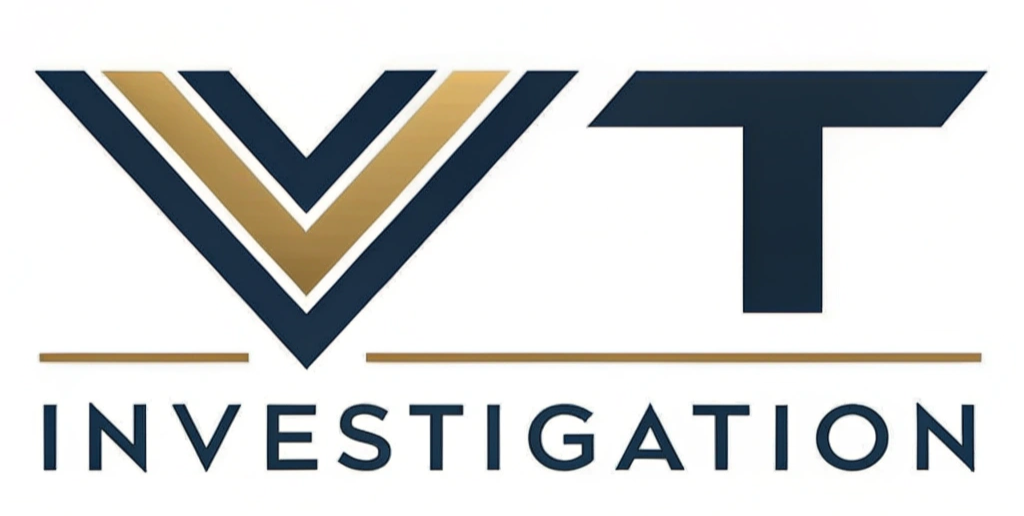
Defining an Investment Data Warehouse
A data warehouse for investment centralizes positions, transactions, reference data, and market feeds into one repository. It unifies diverse sources to support consistent analysis, reporting, and strategic decision-making via historical storage and enrichment processes. Modern data warehouse software enables this consolidation with scalable architecture, automation, and integration tools tailored for investment workflows.
The Importance of Investment Data Warehousing
Firms require accurate, historical, and contextual data to analyze performance, manage risk, and comply with regulations. A reliable warehouse reduces manual reconciliation, ensures data integrity, and fosters teamwork by providing governed datasets for timely insights and audit readiness.
Investment Data Warehouse Software vs Investment Book Of Record
IBOR: Represents the current “source of truth” for positions, valuations, and cash flows. It supports trading desks, compliance checks, margin calculations, and other operational tasks where up-to-the-second accuracy is vital.
DWH: Acts as a centralized repository for long-term storage, enrichment, and analysis of investment-related data. It consolidates snapshots from IBOR alongside external feeds (e.g., benchmarks, corporate actions, risk factors) to enable performance attribution, backtesting, trend analysis, and strategic research.
Below is a concise comparison highlighting the essential distinctions between the Investment Data Warehouse (DWH) and the Investment Book of Record (IBOR), focusing on the most impactful aspects:
| Aspect | Data Warehouse | IBOR |
| Purpose | Historical analysis, reporting, research | Operational view of current data |
| Updates | Batch or scheduled streams | Continuous, near real-time |
| Retention | Long-term with full history | Short- to medium-term active data |
| Enrichment | Extensive context (benchmarks, events) | Essential trade and valuation info |
| Query Patterns | Complex aggregations and joins | Simple reads for active records |
| Users | Analysts, risk, strategists, compliance | Traders, operations, compliance |
Fundamental Features & Capabilities
Scalability, High Performance & Elasticity
Modern warehouses separate storage and compute, auto-scale resources, and adapt to workload peaks. This ensures fast queries for ad hoc analysis and batch jobs without overprovisioning.
Data Quality, Governance & Lineage Management
Validation rules, reconciliation routines, and metadata catalogs ensure data accuracy and traceability. Documenting origins and transformations aids compliance and trust in analytics.
Robust Security, Privacy & Compliance Controls
Protect data via encryption, role-based access, and monitoring. Implement audit trails, data masking, and adhere to regulations like GDPR or relevant financial mandates.
Real-Time Data Ingestion: Streaming and Batch Processing
Combine streaming market feeds with scheduled batch loads from custodians and third-party systems. This hybrid approach balances immediacy for critical metrics and efficiency for bulk data.
Integrations for Analytics, BI & Reporting
Use APIs and connectors to link warehouse data with BI tools, machine learning platforms, and custom apps. Enable self-service dashboards that reveal portfolio drivers and risk exposures.
Investment Data Warehouse Use Cases for Asset Managers
Simplified Reporting & Interactive Dashboards
Centralized data underpins dashboards showing performance metrics and risk indicators. Automated refreshes reduce manual tasks, letting stakeholders track portfolios efficiently.
Integrating Best-of-Breed Systems Seamlessly
Harmonize order management, trade systems, risk engines, and research databases via consistent schemas. This integration breaks silos, offering a unified view of investment activities.
Utilizing BI Tools (e.g., Power BI) Against Warehouse Data
Direct BI tool connections allow interactive reports on attribution, factor exposures, and stress tests. Templates and custom views help both technical and non-technical users explore data securely.
Software & Platform Options Overview
Criteria for Selecting a Warehouse Solution
Consider scalability, integration ease, security features, cost model, and alignment with existing infrastructure and expertise. Assess vendor roadmaps and support for financial workflows.
Leading Cloud Platforms Overview
Snowflake: Key Features & Considerations
Separates compute/storage, offers auto-scaling, time-travel queries, and secure data sharing. Supports semi-structured data. Evaluate long-term costs based on usage patterns.
Google BigQuery: Capabilities & Considerations
Serverless analytics with on-demand or flat-rate pricing, integrated with Google Cloud AI. Handles large-scale datasets efficiently. Review data egress fees and integration work effort.
AWS Redshift: Strengths & Considerations
RA3 nodes decouple resources; concurrency scaling handles varied workloads. Tight AWS integration simplifies ingestion and analytics. Plan for reserved vs on-demand costs and external table needs.
Azure Synapse Analytics: Highlights & Considerations
Combines SQL pools, Spark, Data Factory, and Power BI. Supports end-to-end analytics on Azure. Analyze cost structures and compatibility with Microsoft environments.
Specialized Investment-Focused Solutions
Prebuilt schemas, risk libraries, and reporting templates speed deployment but may require customization. Weigh licensing costs against acceleration benefits.
Open-Source & On-Prem Options
Solutions like Apache Spark or PostgreSQL variants offer control for firms with strict security needs. Consider operational overhead and scaling complexity versus cloud advantages.
Pricing Approaches & Total Cost Considerations
Analyze storage, compute, data transfer, licensing, and staffing costs. Compare pay-as-you-go and reserved models. Leverage cost optimization tools like auto-suspend and tiered storage.
Best Practices in Investment Data Warehousing
Effective Data Modeling & Schema Design
Use star or snowflake schemas and data vault patterns to model positions, transactions, and reference data clearly. Align models with business terms to simplify queries and avoid ambiguity.
Automating ETL/ELT & Orchestration
Implement pipelines with schedulers and monitoring. Use modular transformations, version control, and alerts for failures. Optimize transformations near source for efficiency and provenance.
Metadata Management & Documentation Standards
Maintain a metadata catalog detailing definitions, update schedules, owners, and lineage. Up-to-date documentation supports onboarding, troubleshooting, and impact analysis.
Ensuring Data Quality, Reconciliation & Lineage
Automate checks comparing warehouse data to source systems. Track lineage to resolve discrepancies quickly. Apply validation rules for completeness, accuracy, and consistency.
Implementing Security Policies, Access Controls & Audit Trails
Adopt least-privilege access, encryption, and audit logging. Regularly review permissions and logs. Use multi-factor authentication and mask sensitive fields as needed.
Implementation Roadmap for Investment DWH Software
Requirements Gathering & Stakeholder Alignment
Engage portfolio, risk, compliance, operations, and IT teams to define objectives, data needs, and success metrics. Prioritize use cases by impact and regulatory importance.
Data Source Inventory & Integration Planning
Catalog trade details, reference data, market prices, and external feeds. Define integration methods, latency requirements, and transformation rules for consistent definitions.
Designing Technical Architecture & Deployment Phases
Plan layered zones: ingestion, staging, curated, and presentation. Choose cloud-native, hybrid, or on-prem deployments based on security and cost. Include disaster recovery and backup strategies.
Testing, Validation & Go-Live Best Practices
Conduct data accuracy tests, performance benchmarks, security reviews, and failover drills. Pilot small scopes, refine based on feedback, and validate reconciliation before full rollout.
Change Management & Driving User Adoption
Offer training, documentation, and support. Communicate benefits and involve users early. Foster a community for sharing best practices and gathering feedback for improvements.
Ongoing Maintenance, Monitoring & Optimization
Monitor performance, usage, and costs continuously. Tune queries, partitions, and resource settings. Update models and pipelines as needs evolve, and schedule periodic audits for quality and compliance.
FAQ
- How do firms leverage data warehouse software for portfolio analysis?
They centralize historical holdings, market data, and reference information, enrich with risk factors, and run attribution, stress tests, and scenario analyses using BI or analytics tools. - What are real-world examples of an investment data warehouse in action?
Asset managers integrate streaming price feeds, trade records, and reference datasets to drive risk dashboards, comply with reporting requirements, and support strategic analytics. - How do cloud-based investment data warehouses add business value?
They offer elastic scalability, reduced upfront investment, faster deployment, and self-service analytics, improving collaboration and agility in evolving markets. - How often should data be refreshed in an investment data warehouse?
Refresh frequency depends on data type: positions may update intraday/hourly; reference and corporate actions data daily; bulk historical loads weekly or monthly based on volume and needs. - Which software platforms excel for investment data warehousing?
Solutions like Snowflake, BigQuery, Redshift, and Synapse excel, alongside specialized vendors offering tailored modules. Selection hinges on scale, infrastructure, costs, and skillsets.
